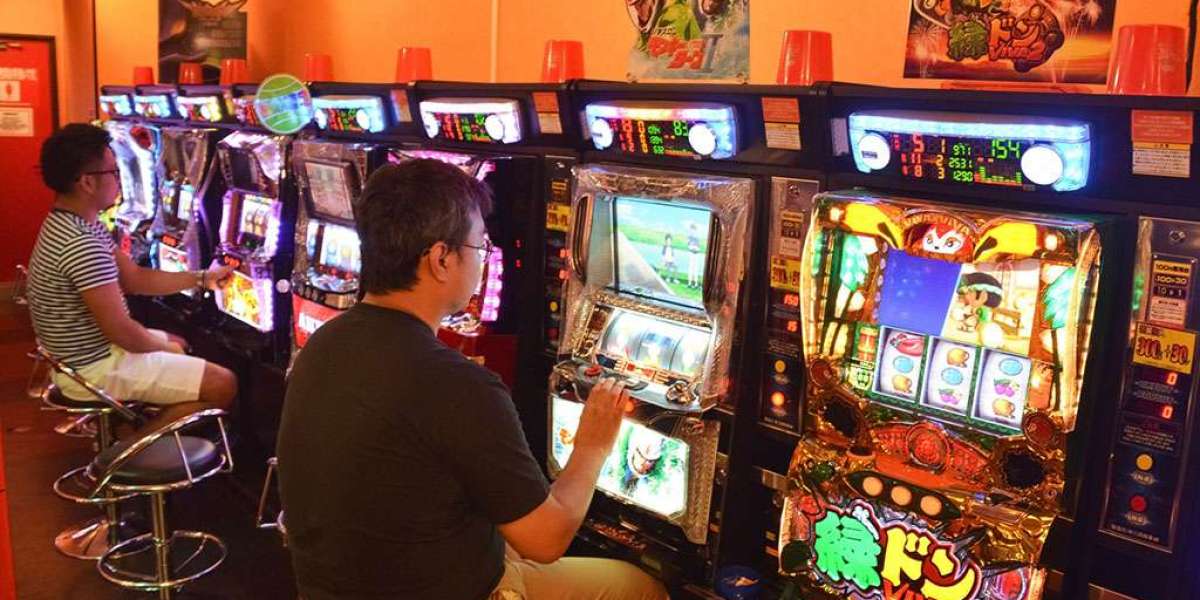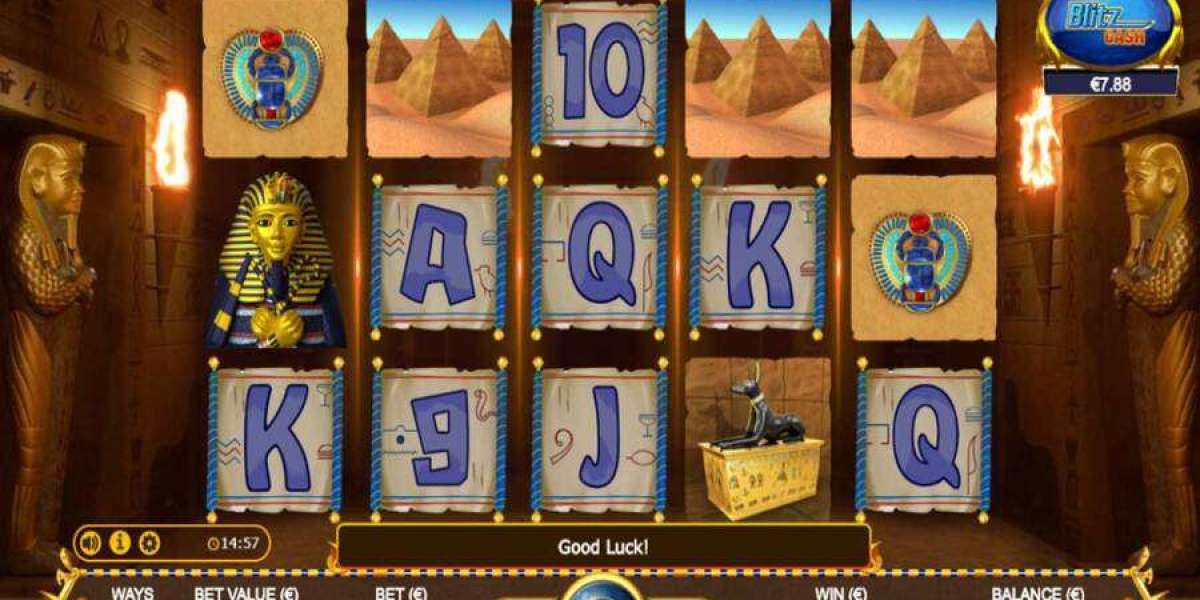Origins and Early Development
- Invention of the Slot Machine: The history of Aus pokies begins with the invention of the first mechanical slot machine in the late 19th century. Charles Fey, a San Francisco mechanic, is credited with creating the first true slot machine, the "Liberty Bell," in 1895. This machine featured three spinning reels and five symbols (horseshoes, diamonds, spades, hearts, and a cracked Liberty Bell). It became wildly popular, leading to the proliferation of similar machines across the United States and eventually around the world.
- Introduction to Australia: Slot machines made their way to Australia in the early 20th century. Initially, they were simple mechanical devices similar to those in the U.S., but their presence was limited due to strict gambling laws.
Growth and Regulation
- Legalization in New South Wales (1956): The major turning point in the history of pokies in Australia came in 1956 when New South Wales (NSW) became the first state to legalize poker machines in registered clubs. This move was initially intended to help raise funds for community organizations and to offer recreational activities for war veterans.
- Spread Across the Country: Following NSW's lead, other Australian states began to legalize and regulate pokies. By the 1970s, they had become a common feature in clubs and pubs across the country. The machines were initially mechanical but gradually evolved to include more advanced electronic features.
- Regulatory Framework: As the popularity of pokies grew, so did concerns about problem gambling. This led to the establishment of regulatory frameworks in the 1970s and 1980s, aimed at controlling the spread and impact of pokies. Regulations included limits on the number of machines allowed in venues, restrictions on advertising, and measures to ensure fairness in machine payouts.
Technological Advancements and the Boom
- Introduction of Electronic Gaming Machines (EGMs): The 1990s saw the introduction of Electronic Gaming Machines (EGMs), which replaced the older mechanical pokies. These machines featured video screens, more complex gameplay, and the ability to offer larger jackpots. The introduction of EGMs revolutionized the industry, making pokies more appealing and accessible to a broader audience.
- Expansion into Casinos: In the 1990s, Australian states began to legalize and develop large-scale casinos, further boosting the popularity of pokies. These casinos offered hundreds, sometimes thousands, of gaming machines, turning pokies into a major part of the entertainment industry.
- The Pokie Boom: The combination of legalized gaming in clubs and pubs, the opening of casinos, and the rise of EGMs led to a significant boom in the pokies industry in Australia. By the early 2000s, there were over 200,000 pokies in operation across the country, making Australia one of the highest consumers of gaming machines per capita in the world.
Social Impact and Controversy
- Problem Gambling Concerns: The widespread availability and popularity of pokies have led to significant social concerns, particularly regarding problem gambling. Studies have shown that a substantial portion of gambling revenue comes from problem gamblers, leading to calls for tighter regulation and support services for those affected.
- Government Responses: In response to growing concerns, Australian governments have introduced a range of measures to curb the negative impacts of pokies. These include mandatory pre-commitment systems, limits on maximum bets, and the implementation of harm minimization strategies, such as reducing the speed of play and improving player information.
- Public Debate and Reforms: The role of pokies in Australian society remains a hotly debated topic. Critics argue that pokies contribute to social harm, particularly in lower-income communities, where they are often most prevalent. Supporters, including clubs and pubs that rely on pokies for revenue, argue that the machines provide valuable entertainment and funding for community projects.
5. Cultural Significance
- Cultural Integration: Despite the controversies, pokies have become deeply ingrained in Australian culture. They are a common feature in many social clubs, pubs, and casinos, and their distinctive sounds and visuals are instantly recognizable to many Australians.
- Impact on Local Economies: The revenue generated from pokies has had a significant impact on local economies, particularly in small towns and rural areas. Clubs and pubs often use pokie revenue to fund local sports teams, community projects, and other social initiatives.



